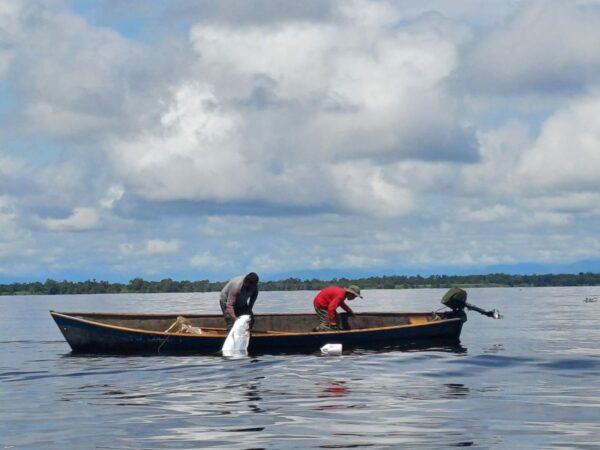
Promoting sustainable fishing and governance for the conservation of the Tarpon
Project overview
This project focuses on studying the correlation between the population dynamics of Tarpon and invasive plant species in the fish’s breeding sites. The primary objective is to generate scientific data on the diversity and prevalence of these species in key areas to develop effective conservation proposals. To achieve this, the project will implement population monitoring, detailed habitat mapping, and community training workshops. These activities aim not only to identify critical breeding sites but also to understand the impact of invasive plants on fish populations. Engaging local communities is essential for ensuring the sustainability and implementation of the proposed conservation strategies, which will help mitigate negative effects on biodiversity and promote economically sustainable alternatives.
Threats

Climate change

Over-exploitation of natural resources & prey depletion

Poaching
Project objectives
- Identify potential breeding sites and develop protection strategies.
- Analyse the relationship between breeding sites and the presence of invasive plant species.
- Engage local communities in protecting important fishing sites and populations.
Project activities
- Sample and map the presence and distribution of fish and invasive plant species to gather data on their abundance, distribution, and demographics.
- Analyse and process the data to identify correlations between the presence of invasive plant species and changes in the behaviour of the organisms.
- Conduct workshops and disseminate results, engaging communities, experts, and stakeholders in the development and design of protection and conservation strategies for the identified breeding sites.
This project is implemented by Fundación Defensores de la Naturaleza.




